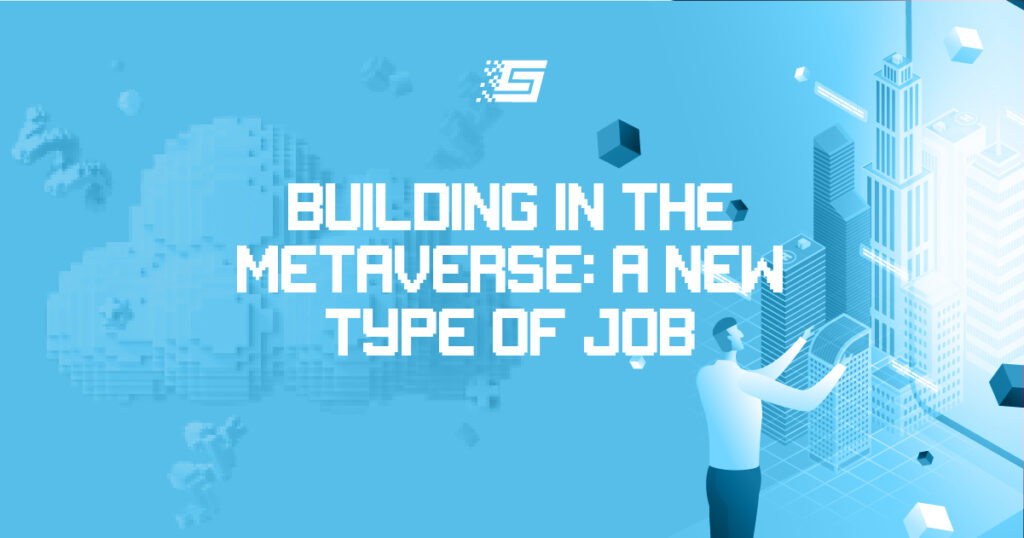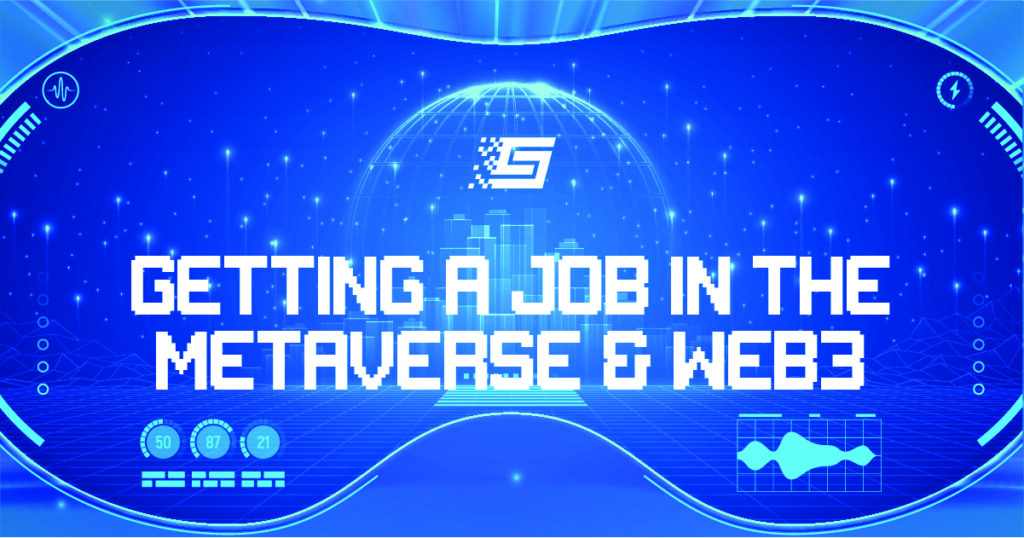Investing In NFTs
NFTs (non-fungible tokens) exploded in popularity during the pandemic, which led to many investors wondering how to purchase them. Collectors, speculators, and artists alike flocked to the movement as cryptocurrencies and other digital assets skyrocketed – and also plummeted – in price. Investors have paid millions of dollars for digital art pieces like the pixelated CryptoPunks character portraits.
The jury is still out on whether it is an unsustainable bubble that is going to pop or if it is a new long-term investment asset class. But NFTs hold great promise for artists and have many applications in the business world.
An NFT is used to indicate ownership or other usage rights of a unique asset – usually a digital asset like a piece of artwork, musical composition, or an item in a video game.
The tokens are built and managed on the blockchain, the same digital ledger technology utilized by Bitcoin and other cryptocurrencies. NFTs are usually based on the Ethereum network, but there are other blockchains NFTs use as well, like Solana and Polkadot.
You can think of an NFT as a virtual certificate, similar to a physical certificate that you would present to prove ownership of a physical asset like real estate. They are digital proof of ownership and were originally designed for digital assets and art. However, they can also be used to confirm ownership of unique physical assets, from collectibles to property to physical works of art.
How To Buy NFTs
NFTs are bought and sold via purpose-built NFT marketplaces, kind of like Amazon or Etsy, but for trading digital assets. These marketplaces can be used to buy NFTs at a fixed price or auction, much like the exchange system for buying and selling crypto and stocks. Prices for NFTs in an auction are therefore volatile, changing in value depending on demand.
One key difference between NFTs, stocks, and crypto is that stocks and cryptocurrencies are fungible – meaning each unit is just like the other; one share of Amazon is exactly the same as another share of Amazon, and one single Bitcoin token is the same as another, whereas NFTs are non-fungible, meaning the token purchased represents a unique item that is not directly replaceable by anything else.
To bid on NFTs, you will need to open and fund a crypto wallet. Your crypto wallet, like digital wallets on e-commerce platforms, stores the cryptocurrencies needed to purchase NFTs. The wallet needs to be funded with the type of cryptocurrency required to buy a targeted NFT. For example, NFTs built on the Ethereum blockchain technology may need to be purchased with Ether tokens.
There are many different marketplaces that support NFT purchases. The top NFT marketplaces include Rarible, OpenSea, SuperRare, and Foundation. There are also other niche marketplaces specializing in particular assets. For instance, NBA Top Shot is owned by the NBA and sells clips of professional basketball players’ performances as NFTs.
How To Sell NFTs
Once you own an NFT, that digital asset is yours to do with as you please. You could display it for others to see, keep it as a collectible, use it as part of a larger digital project, or list it for sale. Marketplaces will charge a fee for NFT sales, which can fluctuate based on the particular network the NFT uses because of the energy needed for blockchain computing to verify the transaction, known as a “gas fee.”
To sell these digital assets, they will need to be uploaded to the marketplace of your choice, provided the marketplace supports the blockchain they were built on. You can then choose to list them for sale at a set price or can opt for an auction-style sale.
Once uploaded, the marketplace will verify your asset. When a sale is made, the marketplace will transfer the NFT from the seller to the buyer and will transfer the crypto funds to the buyer’s wallet, minus the listing fee and related blockchain computing expenses.
How To Create NFTs
The allure of NFTs comes partly from creators – artists, filmmakers, musicians, writers, and the like – who guarantee the authenticity of their work and can monetize it as an NFT. Anybody can turn digital assets into NFTs (or “mint” them) and sell them on a marketplace.
The various platforms handle things slightly differently, but the basic minting process will be as follows:
- Open a crypto wallet and fund it to cover the computing fees involved with creating an NFT.
- Click the “create” button within the chosen marketplace and upload your work.
- List the NFT for sale at a fixed price or for sale in an auction.
Pros And Cons Of NFTs
The value of NFTs has skyrocketed in the last couple of years and has attracted a lot of attention from the investment community. There are certainly some merits worth considering when buying and using NFTs:
Some physical collectibles (such as art) have a long-standing track record of appreciating in value, and digital art can exhibit the same price appreciation.
Buying or selling digital assets as NFTs yields access to far more buyers and sellers now than it has in the past.
Smart contracts are a set of coded commands that are built into the blockchain, ensuring that artists and creators are paid based on the usage and resale of their work in the future.
NFT platforms can control whether NFTs are shown and not shown in the marketplace, allowing them to “blacklist” problematic NFTs or creators. Although content moderation isn’t philosophically aligned with the purpose of immutable blockchains, many NFT marketplace users appreciate the removal of unauthentic or otherwise illegitimate NFTs.
Most NFTs represent static assets that do not generate income on their own, and so they are primarily valued by subjective metrics like buyer demand. This means that sky-high prices may not last forever, and NFTs can lose considerable value.
Creating and selling NFTs is not free, and the fees could add up to more than the NFT is valued by other users in a marketplace. NFTs, along with the blockchain technology they are built on, have a significant environmental impact since they use a large amount of energy to create and verify transactions.
Certain NFT projects might not guarantee you the rights to the digital asset, so be sure to do your homework to determine where the piece is located (e.g., at a web address or in a central cloud location, etc.) and whether or not you can move the asset to a different location.
Making The Right Investment
The NFT movement is a demonstration of the potential cryptocurrencies have in making the digital economy work for more of the population. Creating and selling digital assets may make a lot of sense for creators. But when it comes to purchasing NFTs for their value as collectibles, they are a speculative investment. Value is often uncertain and can fluctuate based on demand for the work itself.
There isn’t a set rule for figuring out which digital assets will increase in value and which ones won’t. But identifying new NFT trends early could pay off big later on – certain digital works of art that originally sold for petty value have gone on to sell for many thousands of dollars.
If you’ve got an eye for music, art, etc., and enjoy collecting, NFT investing could make sense for you. Some things to look out for when buying include who the creator of the asset is, the history of the asset’s ownership, how unique the piece is, and whether it can be used to generate revenue (for example, payment to view a piece or relicensing fees).
As for the argument that NFTs are a “bubble” that is waiting to pop, bubbles will usually only be revealed in hindsight. But bear in mind that digital assets could cool off in the future. Crypto and NFT projects witnessed a widespread pullback throughout 2022, along with the stock market. Make sure you weigh up the risks before investing.
NFTs are still in the early days of development. It’s a promising new front in the tech world, but risks abound when you invest in any movement’s nascent stage. Tread carefully as you learn more about NFTs, and stay diversified with investments to limit the risk of a single asset derailing your wealth-building progress.


